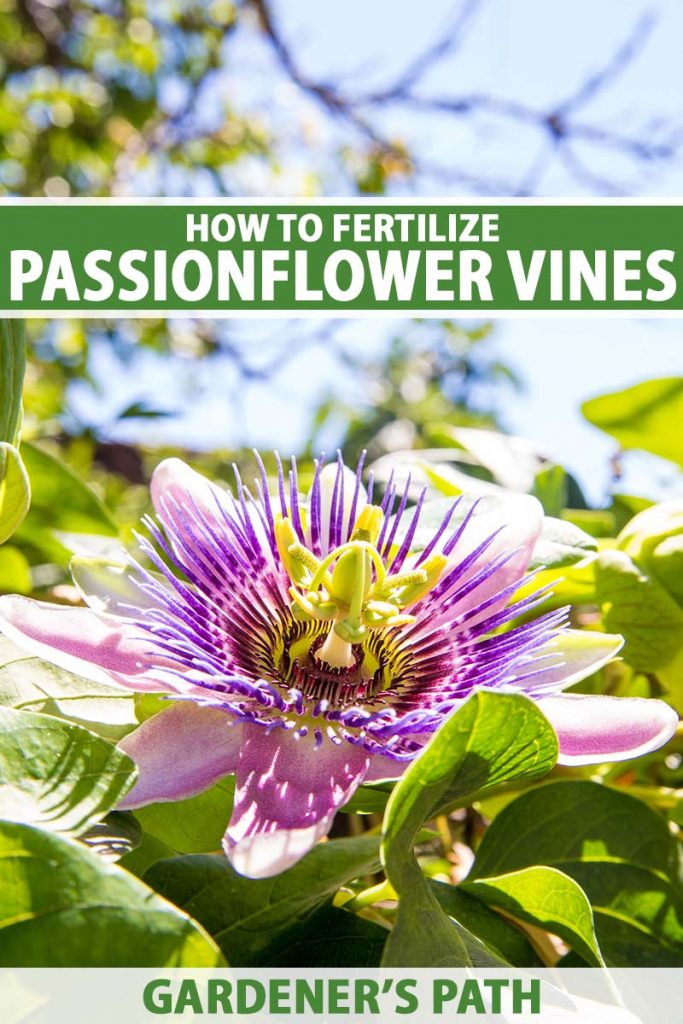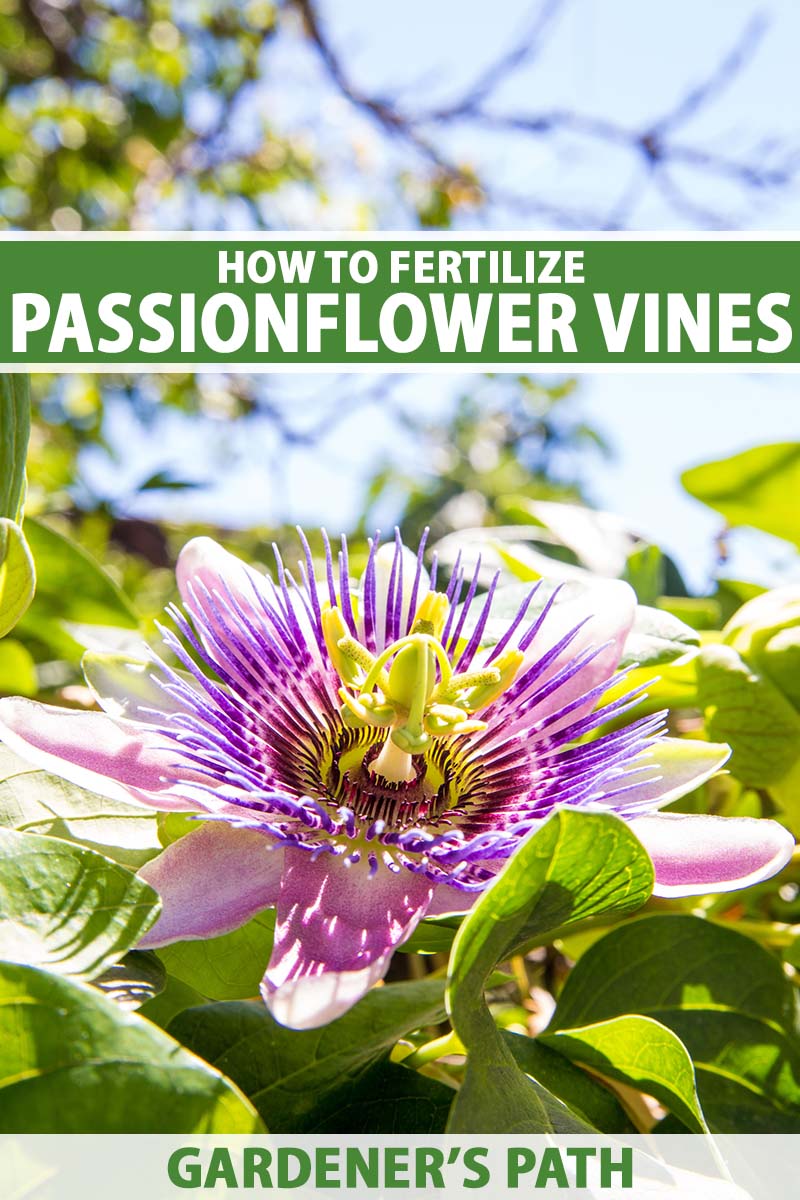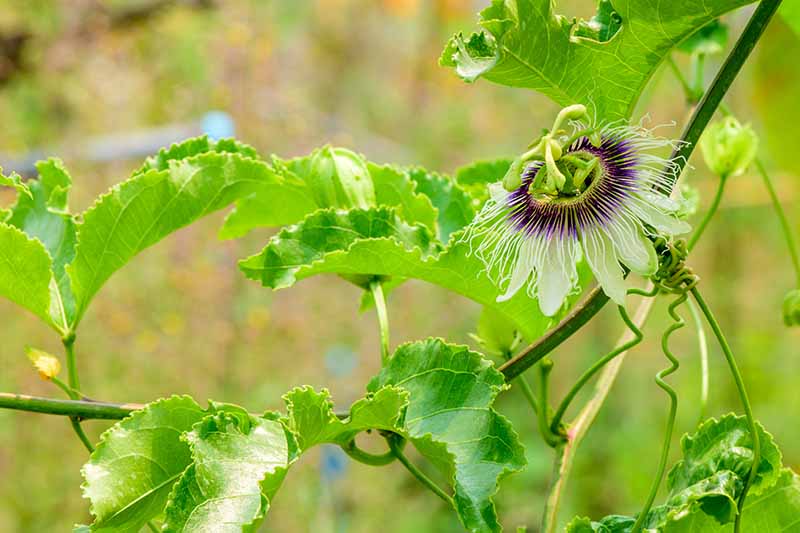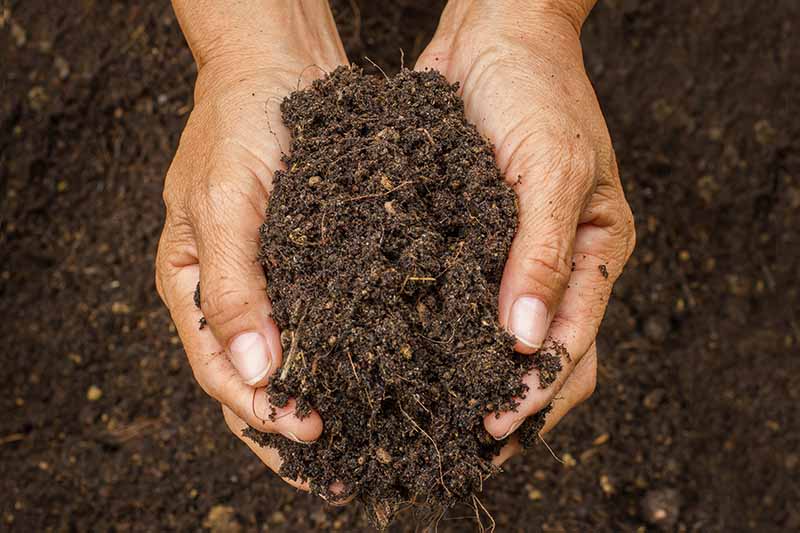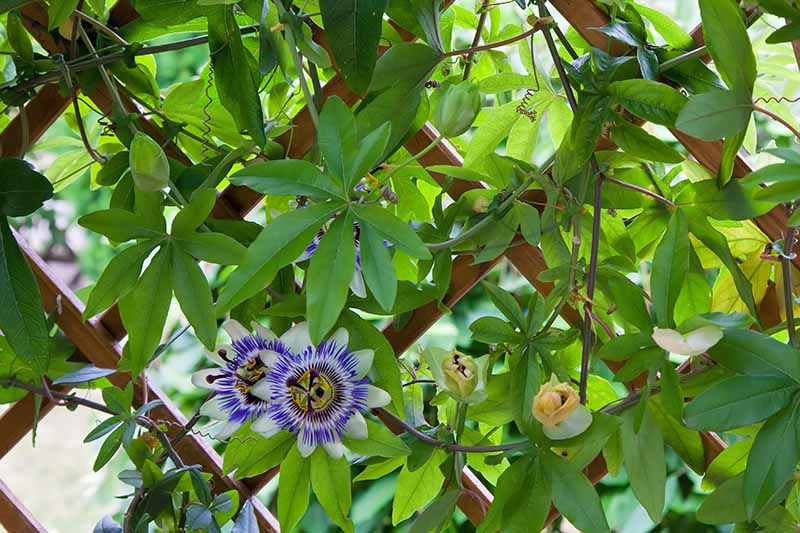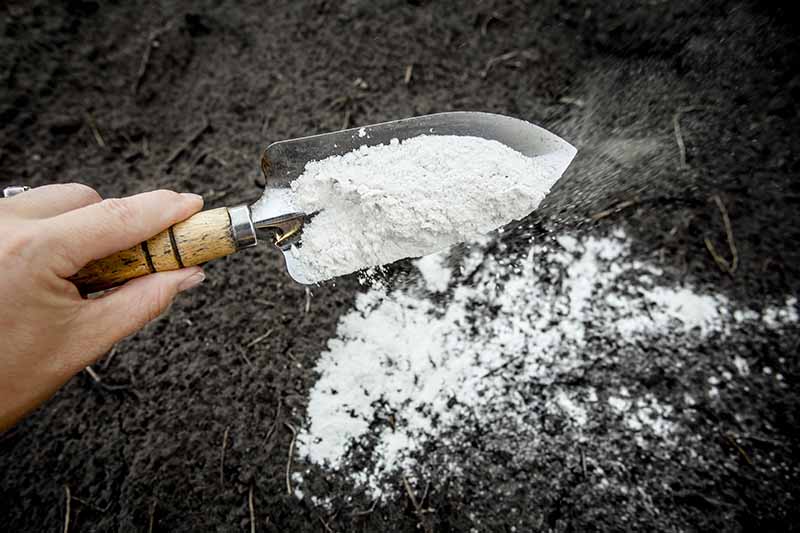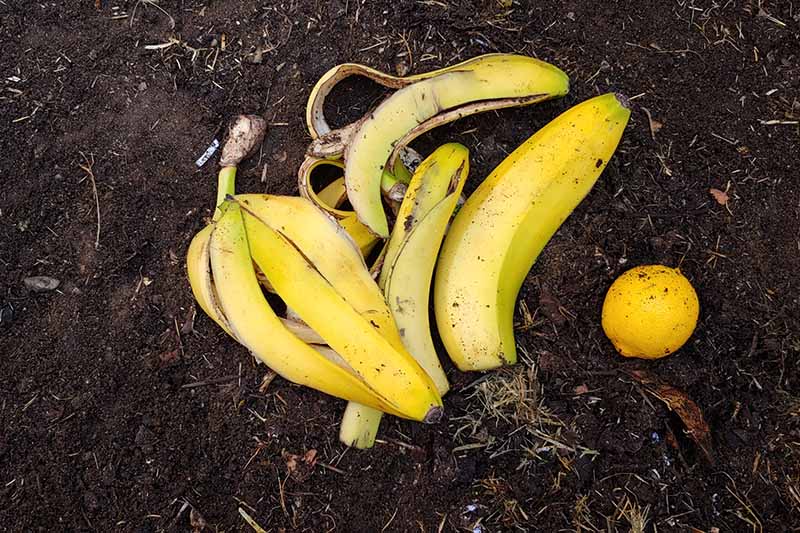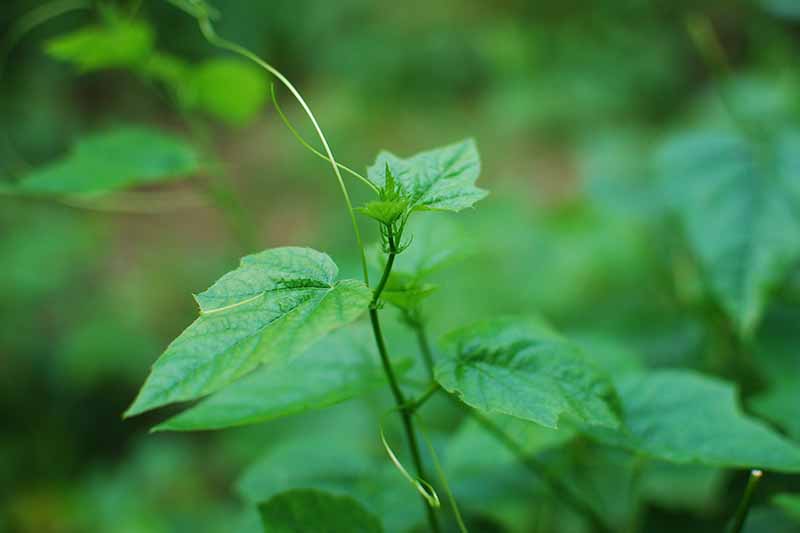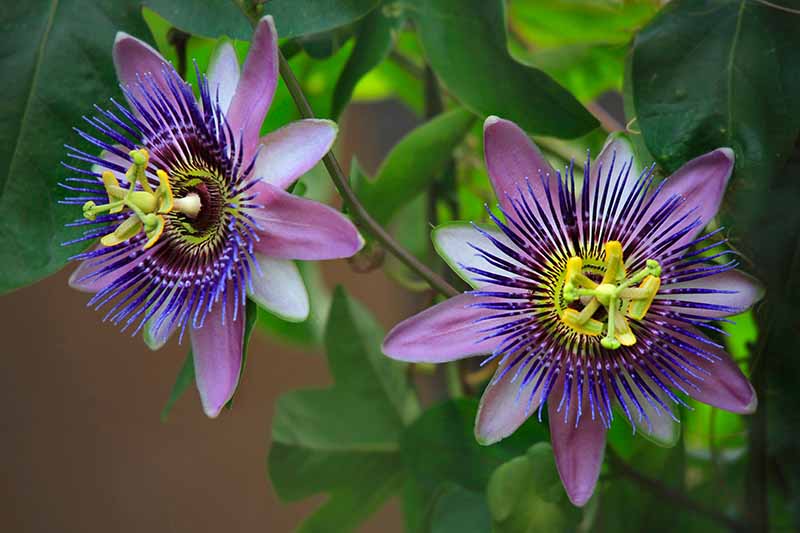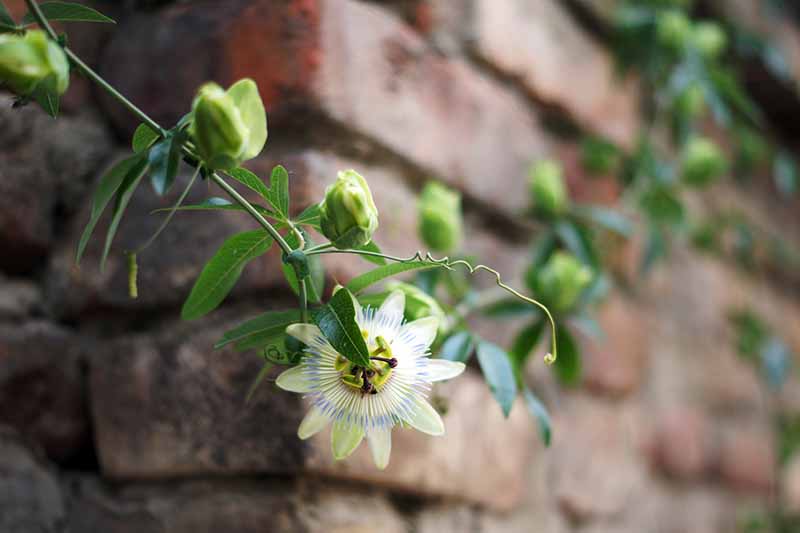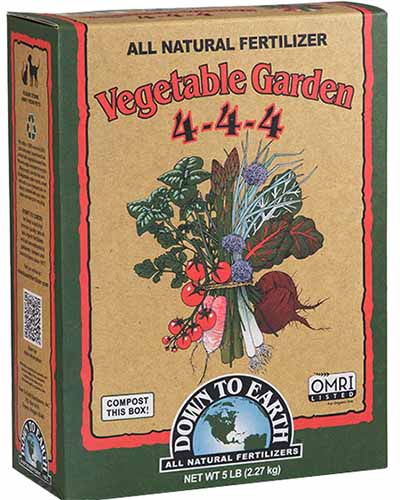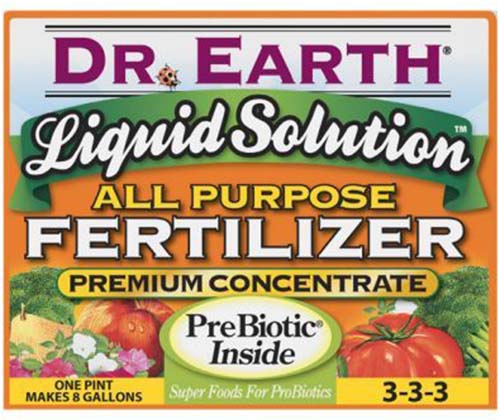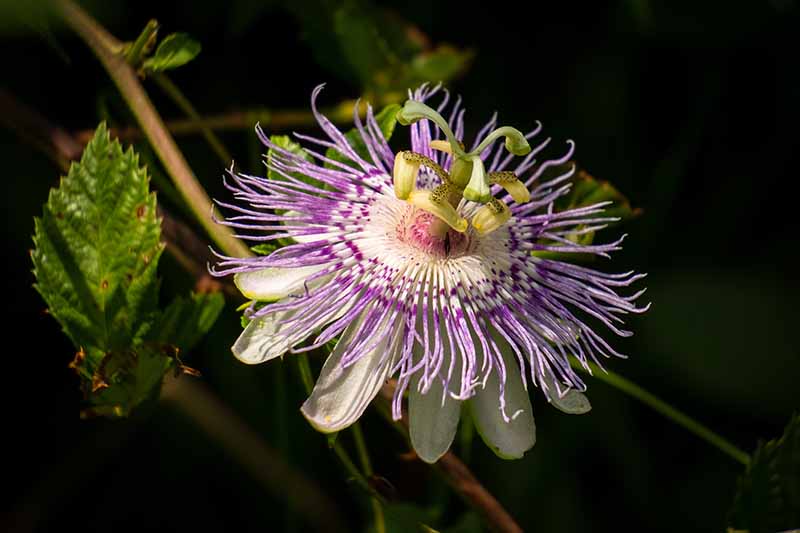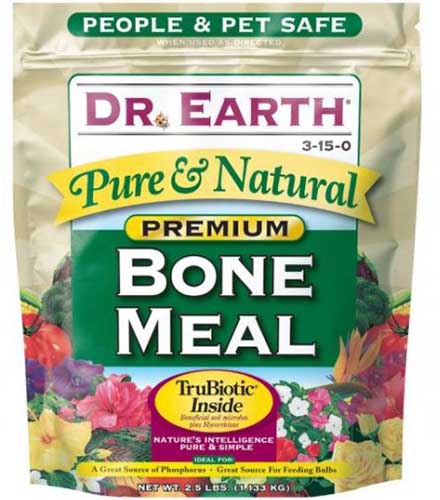Surely, given the amount of time most of us spend in our garden, this is a fair reward? It may not be so simple, but don’t give up! If your passionflower is lackluster in presentation or production, maybe it is time to consider what you can do to improve it. We link to vendors to help you find relevant products. If you buy from one of our links, we may earn a commission. Increasing soil fertility requires some forethought and planning, as seasonal plant growing cycles impact the method you will choose to feed your plants. It is tempting to simply dump some store-bought fertilizer at the base of the vine and hope for the best, but that may do more harm than good, wasting both your money and effort. Let’s talk about the options for fertilizing, how to figure out which will work best for you, and what you can do to give your passionflower a boost.
Tips for Determining Soil Quality
Passionflower is a deep-rooted, heavy feeder that needs adequate space and rich, healthy soil. If the soil is dry and compacted or oversaturated, has the wrong pH, or lacks organic material, then your plant may fail to thrive. One method of assessing the health and condition of your soil is to do a visual inspection. Look for signs that the soil holds adequate moisture but is not waterlogged, and is rich and loose. If the soil appears healthy upon visual inspection, it’s a good idea to test the pH, as passionflower prefers a neutral to acidic pH of 6.1 to 7.5. This range refers to the amount of acidity or alkalinity that your soil contains and what the plant is able to tolerate. Soil pH directly affects the bioavailability of nutrients for plants, so soil that is too alkaline or too acidic can essentially starve the plant, or cause the release of metals that can be harmful. It is especially important to bring the pH to a level that works for passionflower, as this plant requires highly nutritive soil. There are a number of soil test kits available on the market ranging from litmus strips to electronic metered devices that can be inserted into the soil. You can also request assistance in testing and amending your soil from your local agricultural extension office, a great source for all things garden and crop related. Luster Leaf 1601 Rapitest Kit Read our article about soil testing for more information. After you receive your test results, it’s time to develop a plan of action.
Passionflower Needs and Fertilizer Options to Consider
The best way to produce healthy, productive plants is to prepare the planting site in advance before starting seeds or buying seedlings. Using composted material is a great way to amend the planting site and avoid later pitfalls, such as lack of organic material and available nutrients, which can cause poor growth and low productivity. After planting, if the soil becomes dry and compacted, use a hand rake to loosen the top layer of soil surrounding the base of the plant, being careful not to dig too deeply and disturb the roots, and add compost to improve conditions. Be sure to water deeply and keep an eye on moisture levels, as passionflower prefers even, consistent moisture. If the soil becomes dry quickly after watering, increase the frequency and amount of water you’re providing. As with most blooming vines, passionflower needs room to spread. Keeping the plant pruned can help to contain unbridled overgrowth, as foliage that is dense and thick can impact its health by causing mildew and mold to grow. Plants that have an overabundance of foliage can indicate high levels of nitrogen in the soil. Another sign of excess nitrogen is fruit drop, when fruit fails to ripen and instead falls off the vine before reaching maturity. If this is the case with yours, avoid adding fertilizer that contains nitrogen. Pruning new growth will also divert energy to older growth, allowing for boosted production of blooms and fruit. With soil test results in hand, begin by looking for nutrient deficiencies. If the results indicate that certain nutrients are deficient, you can begin to formulate a plan to address the deficiencies with commercial fertilizer. Avoid adding nutrients that are already in overabundance; for example, if test results indicate that potassium is high in your soil, don’t add more. Keep the old adage in mind: too much of a good thing is still too much. The purpose of fertilizing is to address deficiencies and increase available nutrients in a balanced way. Commercial fertilizer in a low percentage is best for this plant, as a higher amount can cause damage by burning the sensitive root system. If your plant is in good condition and growth and production appear normal, but you want to deliver added nutrients to maintain health and growth, I recommend a 5-7-5 or 4-4-4 (NPK) product.
Correcting Soil pH
If the pH of the soil is lower than the recommended 6.1 to 7.5 for passionflower, baking soda is an easy amendment to raise pH quickly and effectively. Baking soda can be added to the soil before or after planting – simply add about a tablespoon into a gallon of water, mix well, and spray the soil liberally. Lime can also be used to raise soil pH. While baking soda is relatively gentle and harmless, lime should be handled with more caution. Lime is produced from pulverized limestone, and you’ll need to wear a mask and gloves when handling it as the dust can be dangerous if inhaled. It’s also possible to use too much lime, which can cause the soil to become too alkaline and make it difficult for plant roots to absorb nutrients from the soil. Lime can be added to the planting site by using the amount recommended on the package, which is based on the composition of your soil. Begin by tilling the soil at the planting site in the fall, at the end of the growing season. Split the recommended amount of lime to be used, which is typically between four and twelve ounces, and till half into the soil at the site. Spread the rest on top of the soil and water well. You can learn more about how to use lime in the garden in our guide. If test results show a high pH level, decrease it by adding granulated sulfur or sphagnum peat moss. Sulfur occurs naturally in the soil, and generally comes from decaying organic material. Some types of soil, such as clay, can be lower in sulfur as they contain less organic material overall. Ground that has been overplanted or that is planted with back-to-back crops can also lack sulfur. It’s best to add more prior to planting, as the best method for amending with sulfur is to till it into the soil at a depth of about six inches. If you’ve already planted, you’ll need to sprinkle the sulfur on the soil surface and rake it in gently, being careful not to disturb delicate, sensitive roots. Note that it’s not a one shot deal to amend the soil pH with sulfur, however, and you’ll need to repeat the process several times over the course of a few months to a year as it takes time for the substance to break down into sulfuric acid, which is what causes the change in pH. Sphagnum peat moss can be added as a two- to three-inch-deep layer on the soil surface and gently raked in, if your vine has already been planted, or tilled under to a depth of about six inches prior to planting. Peat moss can lower the pH in your soil for up to two years. An alternative way to slightly increase acidity is to add used tea bags to the planting site. Black tea adds a small amount of acidity to the soil. After steeping a tea bag, check to make sure that the bag itself is biodegradable. Many are not, and are instead made of polypropylene, a type of plastic. If the bag is not made of natural material, such as cotton, muslin or silk, you can slit it and dump the contents into a container. Add the spent bags or grounds to your compost pile, or spread them over the site where your vine is planted. Used tea leaves also add organic matter to the garden and can aid in preventing the growth of some types of weeds. You can add tea to the garden at any time, but spring is best when new growth is developing. After amending the soil for deficiencies and pH levels, you may want to test again at that point to determine results, and decide if further amendments are necessary. Soil health can change over time, and be affected by many factors, so it’s never a one-and-done.
Boosting Fruit Production
In warmer months, increase the amount of potassium you feed to plants to support fruit production, particularly if soil test results show low potassium levels. Do so by adding banana peels to your compost pile, allowing them to decay for a few weeks prior to spreading the compost at the base of your vine. Any compost that contains organic material from fruits and vegetables will naturally have a higher potassium content, but banana peels contain about 48 percent potassium in a medium sized fruits’ peel. That is higher than any other fruit, and bananas decay quickly, making the nutrients available fast. Additional sources of potassium are wood ash and greensand. Wood ash is not recommended for passionflower vines as its harsh composition makes it likely to burn the sensitive roots of the plant, which can be deadly. Greensand can be broadcast on top of the soil, spreading about two cups in early spring, and raking into the top layer of soil. An added benefit of using greensand is water retention – it holds moisture and can keep soil moist for a slightly longer period. So, now we know how to deal with pH levels and add some important nutrients individually, but how do we decide which type of fertilizer to use? And when do we apply it? Well, let’s talk about that next.
How and When to Apply Fertilizer
The best time to feed passionflower vines is in early spring, before new growth has started. Some gardeners prefer to apply fertilizer annually, or a few times per year, to increase available nutrients and keep soil fresh and healthy, regardless of plant productivity. If you’re applying fertilizer to treat specific nutrient deficits or to make adjustments based on soil test results, you’ll want to pay attention to signs that your passionflower is showing improvement. Signs of improvement could include more blossoms; faster, more vigorous growth; and fruit that sets and matures. If the vine is not showing signs of improvement, consider testing the soil again to be sure that nutrient and pH levels are optimal. If test results show that nutrients are lacking, continue to add fertilizer every four to six weeks, or according to directions included with the product. Apply throughout the growing season, from spring to early fall, bearing in mind that over-application may damage the plant. Overfertilized plants will make it known that they’re suffering. Lower leaves may yellow, and you may see leaf tips turning brown. Leaves may also drop, and the plant may stop growing altogether. Other signs can include blackened, dead looking roots and a visible crust of fertilizer residue on the soil surface. Any time fertilizer is applied, the plant should be watered well to prevent salts from building up in the soil. This is particularly true for passionflower, which has a fragile root system. Fertilizer salt build up can also leach water from plant roots if not flushed well after application. There are several types of fertilizer and methods of application that will work for passionflower. Let’s take a look at the options.
Granular Fertilizer
Granular fertilizer is a convenient option. Those formulated for citrus are a good choice for passionflower. The rule of thumb for this plant is a 1:1 ratio of nitrogen and potassium, meaning that the percentage you choose should always have the same first and last number, such as 4-4-4, or 5-7-5. While you may see blends recommended for citrus or blooming plants with a higher percentage, such as 10-5-20, those may be too potent and cause damage to delicate root systems. Granular fertilizer should be spread on top of the soil at the base of the plant, over the area of ground above the roots. Scatter the granules in an amount consistent with directions, raking them into the top layer of soil at a depth of four to six inches, and watering to dissolve after application. Follow package instructions for application and remember to water in thoroughly. Typically, liquid should be applied in early spring prior to the onset of new growth. Down to Earth Natural Fertilizer There are a lot of different brands of fertilizer to choose from, but a great organic option is Down to Earth Natural Fertilizer (4-4-4), available from Arbico Organics.
Liquid Fertilizer
A foliar spray can be used to feed vines by applying directly to plant foliage. Nutrients available in foliar sprays vary widely, but can include nitrogen, phosphorus, and potassium, just as with other types; calcium and boron; and almost any other soluble nutrient. Plant leaves are able to absorb dissolved nutrients, making them quickly available for the plants’ use. SuperBloom Concentrate Foliar Fertilizer Liquid fertilizer can also be added to the soil. It is typically mixed with water and sprayed over the ground with a sprayer. As previously mentioned, using a blend with a 1:1 ratio for the first and last numbers is recommended, and a low percentage of 3-3-3 or 5-7-5 will not burn plant roots. Dr Earth Premium Liquid Fertilizer Dr Earth Premium Liquid Fertilizer 3-3-3 (NPK) is a good option, and you can find it available at Nature Hills Nursery. Scheduled reapplications can take place every four to six weeks as needed, but again, continued soil testing is recommended to ensure that nutrient levels are balanced. Bear in mind that any fertilizer you introduce to your garden will also spread to the local environment, including ground water and bodies of water, so look for the most natural, least environmentally damaging option and use the smallest amount possible. Organic and natural choices are always preferable over harsh chemicals, and smaller applications spread over a period of time are less harmful than large applications that can run off and build up. While these options are all good choices for adding nutrients to the soil where deficiencies have been indicated, there are some other materials you may have available at home that can help to add nutrients in general.
Additional Amendments to Boost Plant Health
In addition to commercial fertilizers, there are many natural, organic materials that can be used to support plant health.
Compost
Many gardeners choose to compost kitchen scraps for their garden, which is common because it is invaluable in increasing available soil nutrients. Composting more of some types of scraps can help to increase specific nutrients. Banana peels can be added to the compost pile to add potassium; fish skin and bones can be added to increase phosphorus. You can learn more about the basics of composting in our guide. Compost can be spread in a three- to four-inch-thick layer around the base of the vine. If you’re thinking ahead, you can also use it to prepare for planting a new vine by mixing it with the soil at the planting site. It can be added in the early spring, again at midseason, and again in the fall to give plants added nutrients as they prepare for winter dormancy. A thick layer of compost can also offer plant roots some insulation against low winter temperatures. Alternatively, a few cups of compost can be added to a few layered squares of cheesecloth, tying up the ends at the top to create a sort of tea bag. Add the tea bag to a five or ten gallon bucket of water and allow it to steep, drawing out and dissolving nutrients. Leave the tea bag in the water for two to three days, turning the bag once or twice per day. Take the tea bag out and discard, or add the compost back to the pile. Use the compost tea to water your vine, or strain it well and use it as a foliar spray, throughout the growing season.
Aged Manure
Manure is nutrient dense because it comes from organic material, but beware, as using fresh manure can burn plant roots. It’s best to allow manure to age much like compost, in a pile so that beneficial microbes, worms, and natural processes of decomposition can work their magic. Aged manure and compost can be added in conjunction, and worked into the soil to feed plants throughout the growing season. Chicken manure is preferable, if you have access. To allow manure to age sufficiently, you can spread it two to three inches deep over the ground above where you intend to plant in the spring. Do this in fall or winter to give several months for the manure to break down. If you plan to add manure to an existing plant, it will need to be aged in a separate area, such as a compost bin, and added to the planting site in early spring.
Bone meal
Phosphorus is essential for flowering plants, such as passionflower. Without it, buds will not form, and, ultimately, there will be no passion fruit to harvest. A good source of phosphorus is bone meal. This is just what it sounds like – a ground, powdered substance made entirely of bones. Granules can be broadcast according to package instructions in the early spring; typically one large cup full spread over the area of plant roots should be adequate for three to four months of feeding. Dr Earth Premium Bone Meal You can find Dr. Earth Premium Bone Meal available at Nature Hills Nursery in two-and-a-half-pound packets. Bone meal can also be mixed in with aged manure for an added boost that will feed the plant for both foliage and blooms. Your vine will thank you for feeding it well with those wonderful, sweet fruits and beauty that lasts throughout the spring and summer! Do you use other methods of fertilizing your passionflower plants? Share some with us in the comments section below! If you’re looking for more information about passionflowers, you may enjoy these articles next:
How to Grow and Care for Passionflower17 of the Best Passionflower Species and Hybrids to Grow at Home7 Common Reasons Why Passionflower Fails to Bloom
